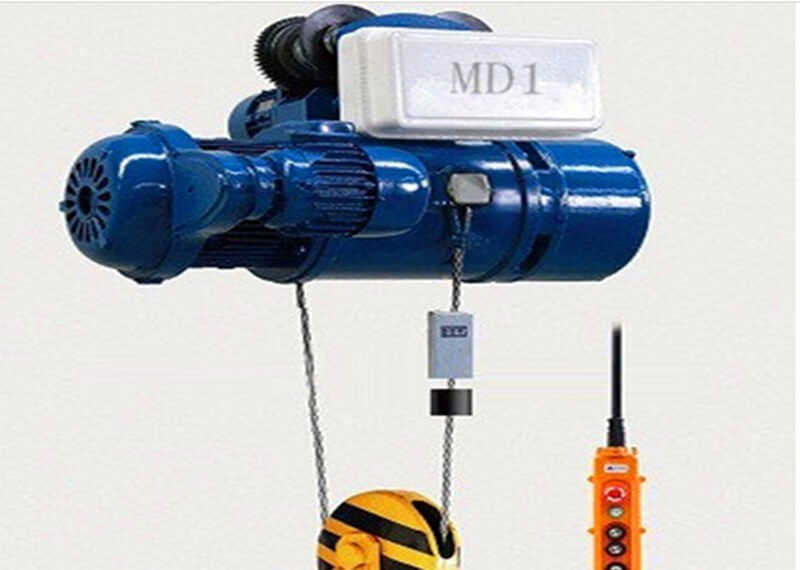
Maintenance method of electric chain hoist
Detailed introduction of electric chain hoist
Electric chain hoist is a kind of light and small lifting equipment, which has the advantages of compact structure, light weight, small volume, strong versatility of parts and components, and convenient operation. The reducer adopts hard tooth surface transmission design, long life and high mechanical efficiency. The motor adopts a conical rotor brake motor and has a safety limit device in both directions up and down. Electric chain hoist can be widely used to lift heavy objects or be installed on single-beam cranes, straight and curved I-beams, and can also be used on double-beam hoists, hoist gantry cranes or cantilever cranes. It is used in industrial and mining enterprises, railways, docks, etc. Lifting equipment commonly used in warehouses.
Maintenance method of electric chain hoist:
For the electric hoist newly installed or installed after dismantling and inspection, the empty car should be tested for several times. But before the installation is complete, do not try to turn on the power.
The electric chain hoist should be subjected to a static load test of 125% of the rated load, about 100 mm from the ground, for 10 minutes before normal use, and check whether it is normal.The dynamic load test is to perform repeated lifting and moving left and right tests with the rated load weight. After the test, check whether the mechanical transmission part, electrical part and connection part are normal and reliable.
In use, it is forbidden to use it in an environment that is not allowed, and when it exceeds the rated load and the rated number of closings per hour (120 times).
After the work is completed, the main switch of the power supply must be opened to cut off the power supply.
The electric chain hoist should be operated by a dedicated person, and the operator should fully grasp the safe operation regulations, and it is strictly forbidden to pull and hang diagonally.
In use, the electric chain hoist must be checked regularly by specialized personnel, and measures should be taken in time when the fault is found, and carefully recorded.


